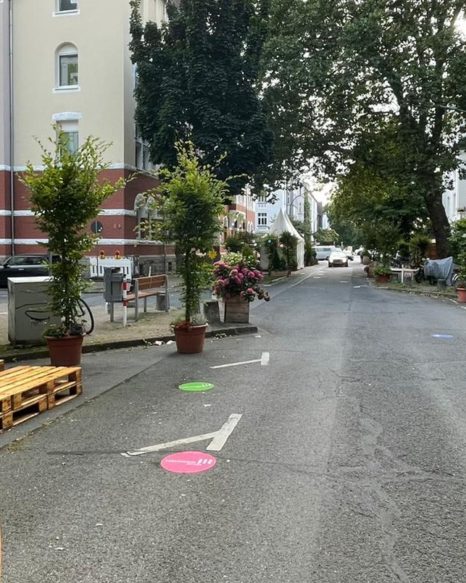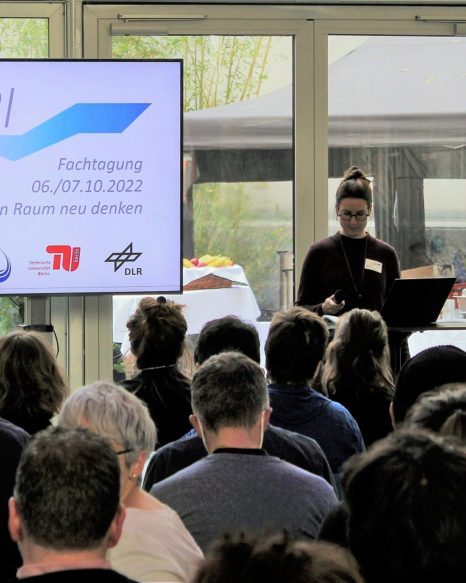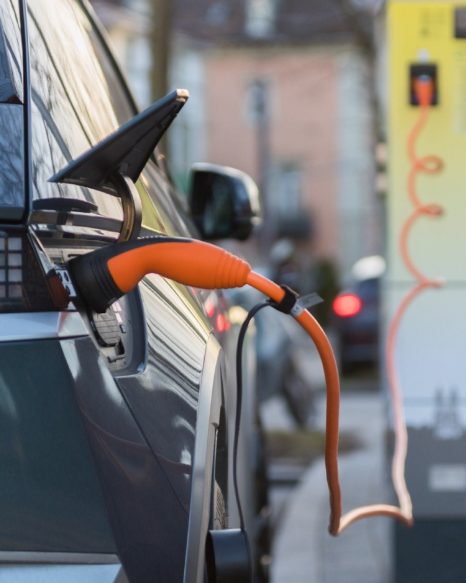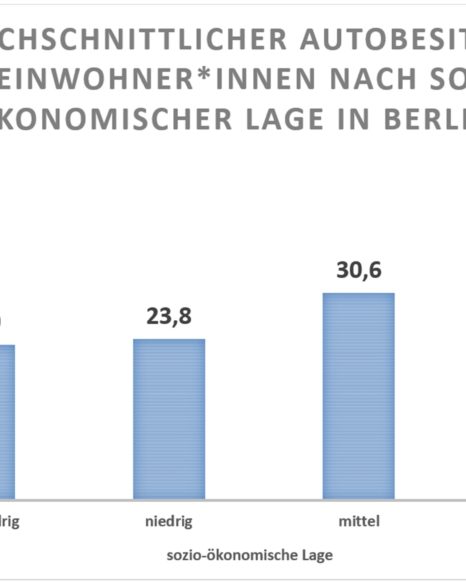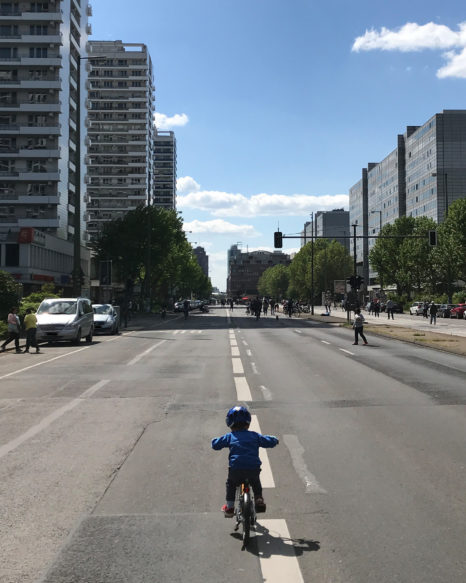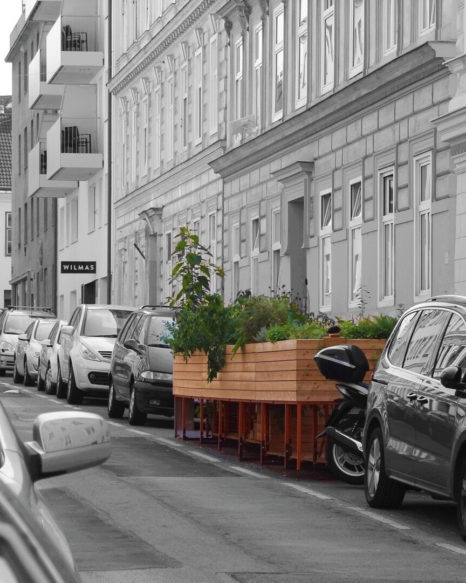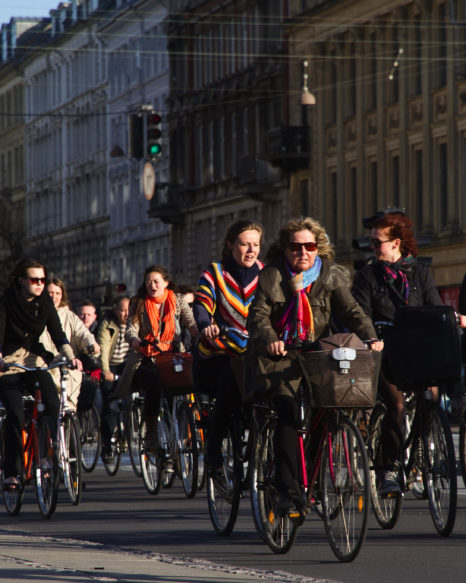Seit 2019 dürfen wir mit unserer Forschungsgruppe EXPERI in Berlin die „Verkehrswende als sozial-ökologisches Realexperiment“ wissenschaftlich begleiten und analysieren. Der Fokus unserer interdisziplinär zusammengesetzten Gruppe liegt dabei auf den sozialen und räumlichen Aspekten von städtischer Mobilität. In unserer Ideensammlung "Impulse für die urbane Verkehrswende" finden Sie kurze Einblicke in zentrale Forschungsergebnisse und insgesamt 18 Vorschläge für die zukünftige Gestaltung von Transformationsprozessen im Bereich Mobilität und Verkehr.
Der Expertenbeirat Klimaschutz in der Mobilität berät das Bundesministerium für Digitales und Verkehr während der 20. Legislaturperiode. Auf der Sitzung am 14. Juni fand ein intensiver Austausch mit Bundeminister Dr. Wissing statt, aus der Anregungen für die weitere Arbeit am Thema Klimaschutz im Verkehr entstanden sind, insbesondere auch in Hinblick auf Akzeptanz, Verhalten, Kommunikation und Lebensqualität.
Die Klimazeit bietet wöchentlich Hintergrundberichte, ordnet mit Expert*innen neueste Ergebnisse der Klimaforschung ein, erklärt in aufwändigen Grafikanimationen alles Wissenswerte rund ums Klima, hinterfragt Entscheidungen der Politik und zeigt konstruktive Beispiele, was Konsument*innen, Unternehmen und Kommunen für die Rettung des Klimas tun können.
Real-world experiments have become popular in urban planning and mobility research. But what contribution can they make to a sustainable and equitable transport transition? A new study shows where real-world labs fall short.
Organised by the EXPERI research group, the symposium “The Transport Transition: Rethinking Urban Space" opened on 6 October 2022 at Place of Participation – a pop-up venue on Kurfürstendamm – attended by almost 100 guests and the EXPERI team.
The 10% share of motorised private transport (MIV) calculated in the 2050 scenario (incl. car sharing, taxis, etc.) must have 100% alternative drive systems. This vision is supported at the municipal level in particular with subsidies for charging infrastructure for electric automobility. This long-term scenario illustrates that electric mobility, along with other alternative drive technologies, is seen as a key to achieving a decarbonised and sustainable transport system. Against this background, this article examines how the efforts to attain a 10% rate of motorised private transport in Berlin are currently distributed spatially.
This blog article investigates whether there is a correlation between car ownership and socio-economic situation of the inhabitants in Berlin. For this purpose, the car ownership rate (cars per 100 inhabitants) is compared with the socio-economic status on the level of 436 lebensweltlich orientierten Räumen (LOR).
Younger children up to the age of 9 are most often killed as passengers in cars; children aged 10-14 are most often killed on bicycles, but in 2019 most children were killed as pedestrians. It is not surprising that for children, especially the way to school is dangerous.
Due to the continuing population growth in large cities and the associated redensification of inner-city areas, there is an increasing lack of green and open spaces in many urban neighbourhoods and public space is becoming a scarce resource. Therefore, the question arises as to which areas in the city can be transformed into meeting places so that the social function of public spaces is strengthened.
Since 2019, women and mobility have increasingly been the topic of various media formats, events and politics. The core message of the debates is always: "Women move differently than men". But what does that mean exactly? How can the different mobility behaviour be explained and what does this mean for (planning the) transport transition?





